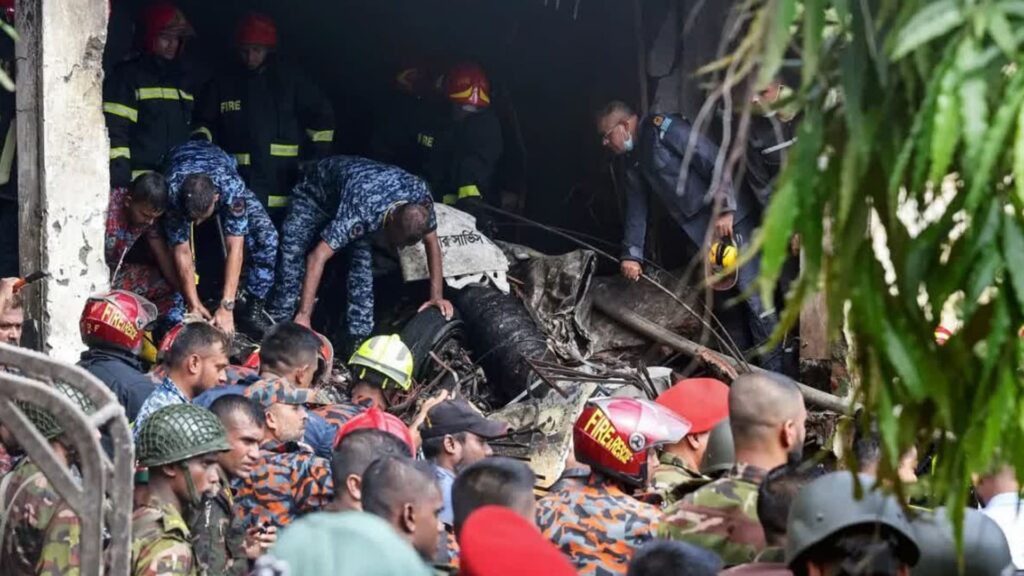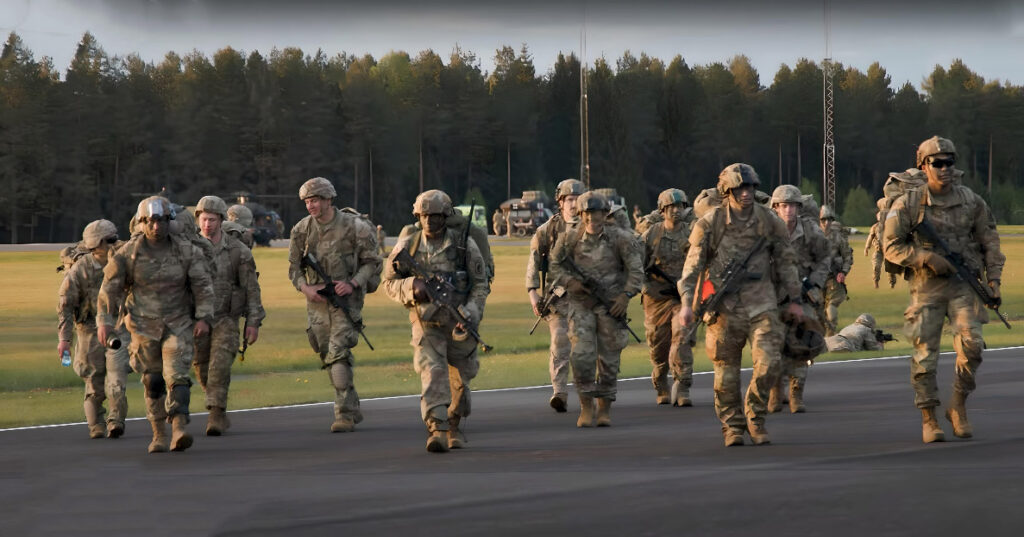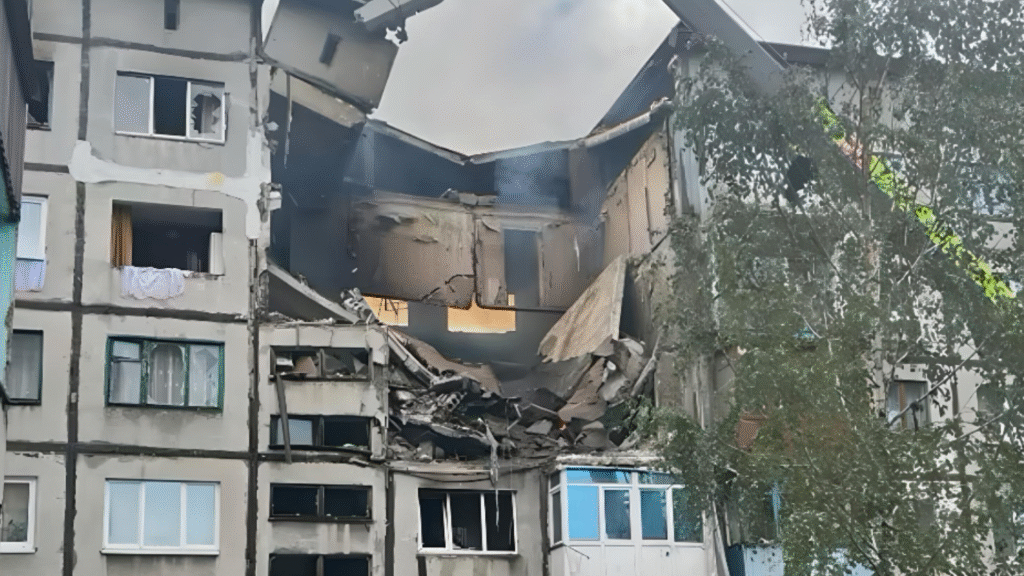DHAKA, July 21, 2025 — A solemn silence has settled over Bangladesh’s capital after one of the deadliest air disasters in the nation’s recent history. A Chinese-made F-7 BGI fighter jet, operated by the Bangladesh Air Force, crashed directly into the Milestone School and College in Uttara, a densely populated district of Dhaka. The tragedy claimed at least 19 lives — including 16 children, two teachers, and the pilot. More than 160 people were injured, many of them suffering from severe burns. Dozens remain in critical condition. For Bangladesh, the human toll is devastating — and the implications go far beyond its borders.
Old Aircraft, New Risks?
In a world where cost-efficient military modernization is increasingly attractive for emerging economies, the crash has served as a harsh reminder of the dangers such strategies may carry. The F-7 BGI — a Chinese derivative of the Soviet-era MiG-21 — remains in use largely because of its affordability and suitability for training. But how safe is it to operate outdated aircraft near densely populated civilian areas?
Lieutenant Mohammad Taufiq Islam, the pilot on his first solo flight, reportedly tried to steer the malfunctioning jet toward an open area. However, due to low altitude, he could not eject in time. Just minutes after takeoff, the aircraft plunged into the school compound during lunch break, when hundreds of students — aged between 4 and 18 — were on campus. Eyewitness videos showed thick smoke, flames, and screams as rescuers rushed to the scene.
A Systemic Failure, Not a One-Off Accident
This is not the first such incident this year. In June, another F-7 crashed in Myanmar’s Sagaing region. Although official investigations are still underway, questions are already mounting: How reliable are these aging jets? Are countries adequately prepared to maintain and operate them safely? Is cost-efficiency coming at the expense of civilian safety?
Defense analysts have warned for years about the false economy of relying on outdated aircraft. In countries where military infrastructure lags behind, the margin for error is dangerously thin. This tragedy highlights the human cost of those compromises — not on a battlefield, but in a schoolyard.
Government Response and Regional Support
The Bangladesh government has declared July 22 a national day of mourning. Acting head of state Muhammad Yunus called the loss “irreparable” and pledged full support for victims and their families. He also ordered a comprehensive investigation into the crash and emphasized the need to reevaluate the country’s military procurement and training programs.
Indian Prime Minister Narendra Modi extended his condolences and offered to send specialized medical teams to assist with the treatment of burn victims. The international response highlights the importance of regional cooperation in responding to crises — especially those that blur the lines between military operations and civilian life.
A Future in Question
The Dhaka crash is more than a tragic incident — it’s a warning sign. A warning about defense strategies where the value of human life may be underestimated, and where long-term safety is too often sacrificed for short-term affordability. In an increasingly militarized world, the question of accountability for such decisions becomes ever more urgent.
As Bangladesh grieves, and as doctors fight to save the lives of injured children, many hope that military planners across the region — and beyond — are paying attention. The cost of failure in the skies is not just measured in wreckage. It is seen in empty desks, scorched notebooks, and families who can never recover what was lost.
—
By Amina Said, International Correspondent



